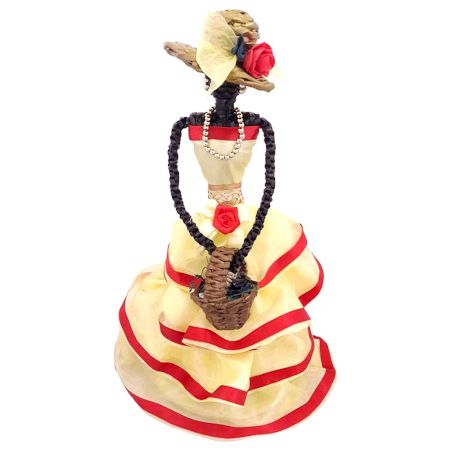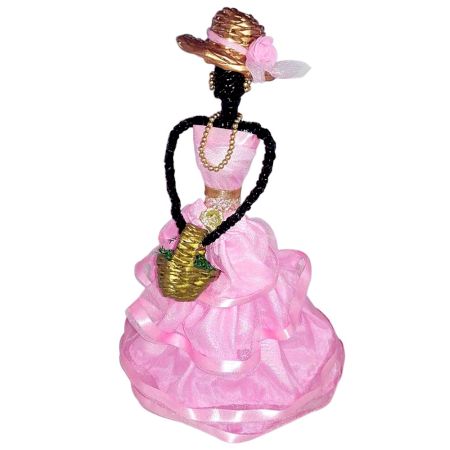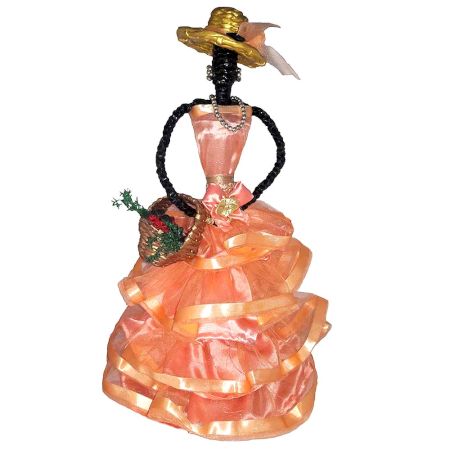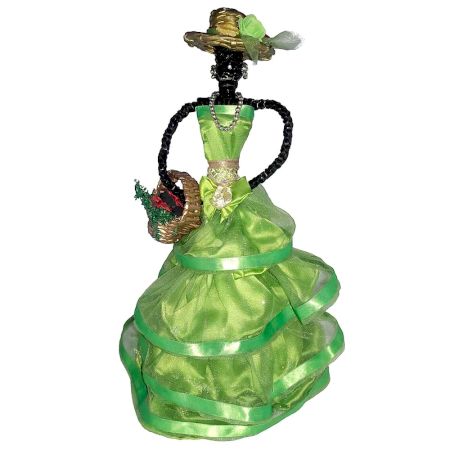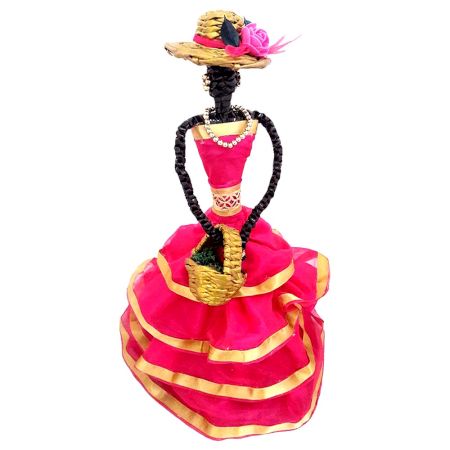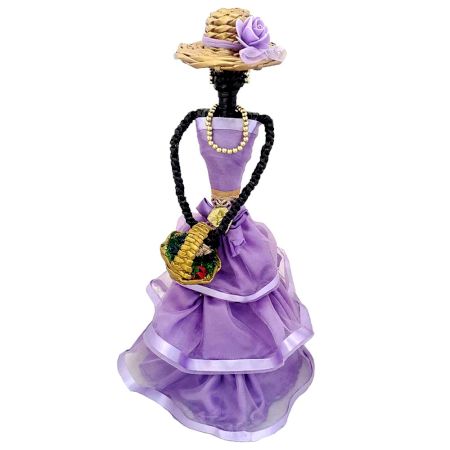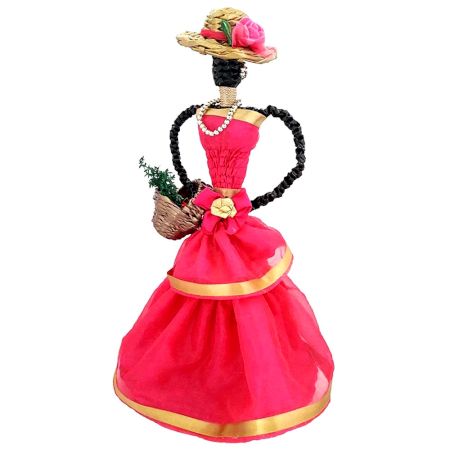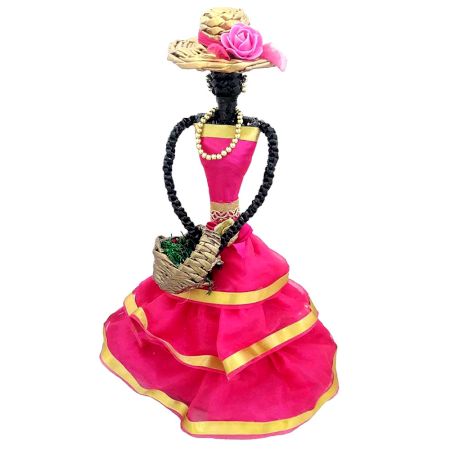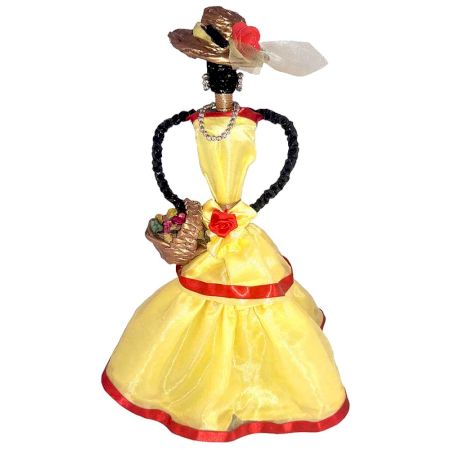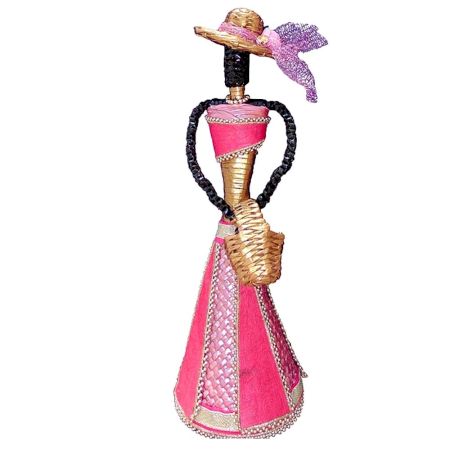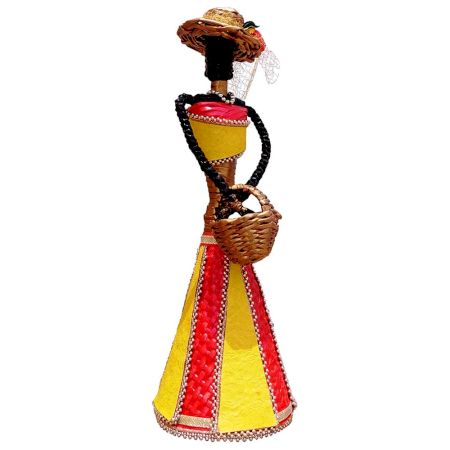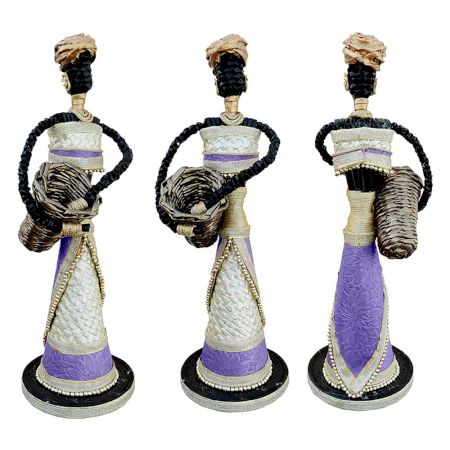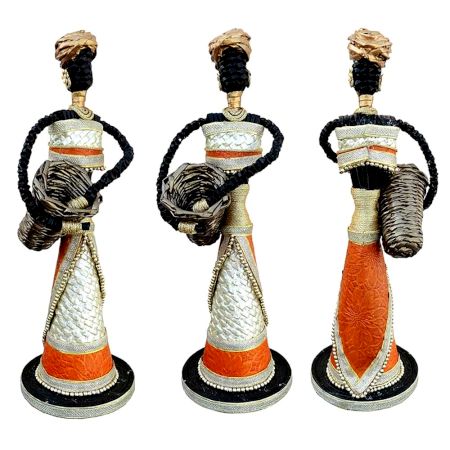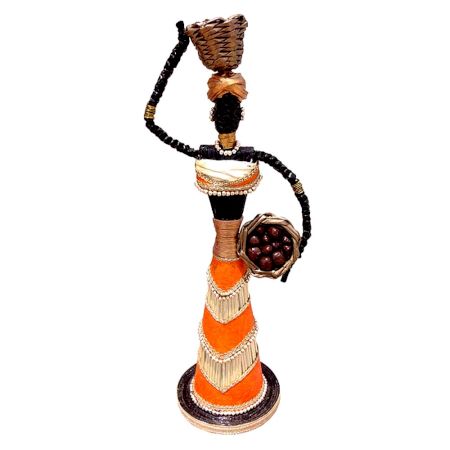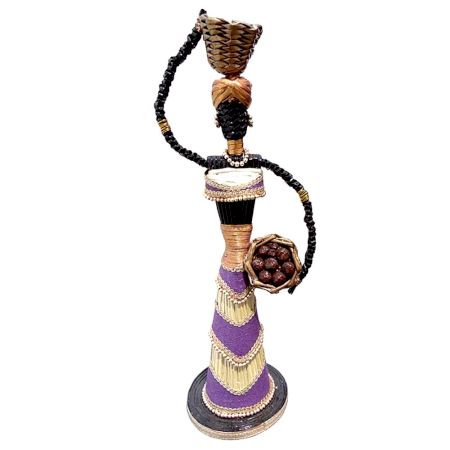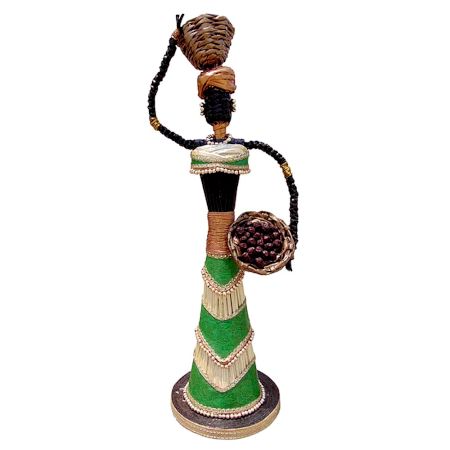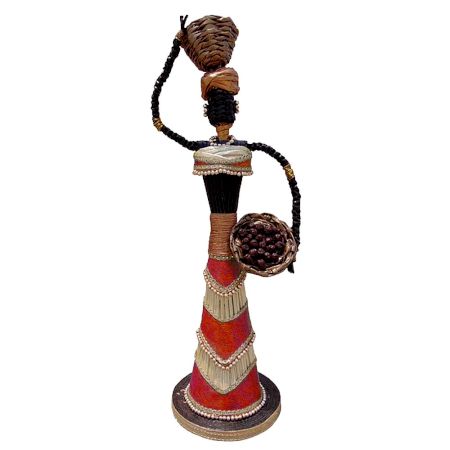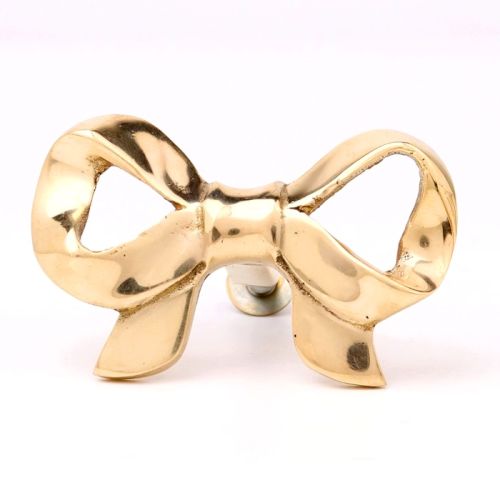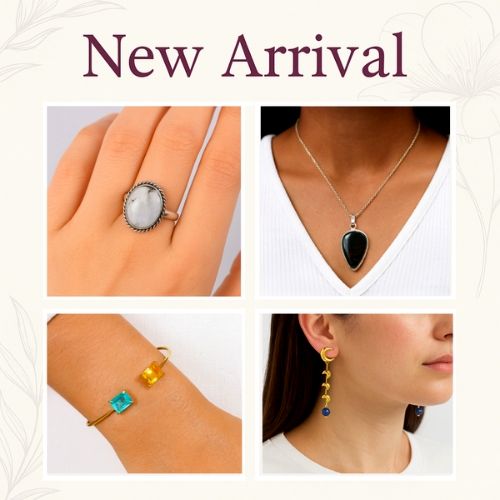Puppets
What are puppets?
Puppets are dolls that a puppeteer moves to tell a story or entertain people. They come in different forms, like hand puppets, marionettes, shadow puppets, and finger puppets. Puppetry has a long history and is used in storytelling, cultural expression, and artistic performance in many cultures. The puppeteer uses voice and movement to bring the characters to life, often showing emotions and telling stories creatively. Puppets can be used in theater, education, and home decorations.
Why are they called puppets?
The word "puppet" comes from the Middle English word popet, which means a small doll or figure. This word is derived from the Old French poupette, a diminutive form of poupe, meaning doll. The word shows that puppets are objects controlled to represent characters, often playfully or entertainingly. Puppets have been used in different cultures for storytelling, entertainment, and education. They are tools for expression and creativity. The word "puppet" highlights that they are figures controlled by a puppeteer, showing the art of manipulation that brings them to life.
What are the multiple uses of puppets?
Puppets serve various purposes across different contexts. They are commonly used in storytelling and entertainment, engaging audiences and conveying emotions through performances. In education, puppets simplify complex concepts, making learning interactive and enjoyable. They also preserve cultural heritage by sharing traditional stories and values. Additionally, puppets have therapeutic uses, helping individuals express emotions, especially children. Many are crafted as decorative items, enhancing home decor with a playful touch. They encourage creative play, allow children to invent stories, and foster community engagement by bringing people together through performances.
Why are puppets used?
Puppets are used for several compelling reasons. They effectively convey narratives, capturing audiences' attention and making stories relatable. In education, they simplify complex concepts and enhance engagement, especially for younger learners. Puppetry preserves cultural expressions, reflecting community values and artistry. As a form of entertainment, puppets evoke laughter and provoke thought. They also have therapeutic benefits, providing a safe space for emotional expression. Additionally, puppets foster creativity by encouraging imaginative play and community connections through performances, blending art and social interaction in valuable ways.
What is the history of puppetry?
The history of puppetry spans thousands of years and diverse cultures. It likely originated in ancient civilizations, with evidence from Egypt, Greece, and India, where puppets were used in performances around the 5th century B.C. Different regions developed unique styles, such as Kathputli in India and Wayang Kulit in Indonesia. Puppetry gained popularity in medieval Europe, notably through Italy’s commedia dell'arte and England’s Punch and Judy shows. The 19th century highlighted puppetry in literature with "Pinocchio." Today, puppetry remains a dynamic art form in theater, film, education, and therapy, evolving while honoring its rich traditions.
What types of puppets can you find?
Puppets come in many varieties, each offering unique performance possibilities. Hand puppets, easily manipulated by inserting a hand inside, are great for interactive storytelling. Marionettes use strings for control, allowing for more complex movements but requiring skill. Shadow puppets are flat figures cast against a light source, creating captivating silhouettes. Sock puppets are simple and fun for DIY projects, while finger puppets provide an intimate storytelling experience. Rod puppets combine elements of both hand and marionette styles, enabling dynamic movements. Each type offers distinct advantages, catering to different styles of performance and storytelling.
How significant is puppetry in different cultures?
Puppetry holds a rich historical significance across various cultures, serving as a vital form of artistic expression and storytelling. For example, puppetry has been a long tradition in India, showcasing regional tales and folklore. Different styles, such as Kathputli from Rajasthan and Wayang Kulit from Indonesia, reflect local cultures and values, often addressing social issues or moral lessons. Puppetry is not just entertainment but a medium for preserving history and cultural identity. Through puppetry, communities can share their stories, traditions, and beliefs, connecting generations while keeping their heritage alive.
What are the regional styles of puppetry in India?
India boasts a vibrant tapestry of regional puppetry styles, each with unique characteristics and cultural significance. Kathputli, originating from Rajasthan, features colorful string puppets that depict local folklore and tales. Putul Nautch from Bengal incorporates hand puppets with elaborate designs and narratives that engage audiences. Karnataka’s Taarang emphasizes shadow puppetry, utilizing leather figures to create striking visual effects. Chhaya Natak blends shadow play with storytelling, often inspired by mythology. These regional styles entertain and serve as a means of cultural expression, preserving traditional stories and artistic techniques for future generations.
Are there famous puppet shows or festivals worldwide?
Globally, numerous puppet shows and festivals celebrate the art of puppetry, showcasing its diversity and cultural significance. The International Puppet Festival (UNIMA) is one of the most renowned events, featuring puppeteers from around the world who present their unique styles and performances. The Dublin Puppet Festival also highlights international talent, offering a platform for artists to share their craft. In the United States, the Jim Henson Company continues to captivate audiences with beloved characters and shows, particularly in children's television. These festivals entertain and foster a sense of community among puppeteers and enthusiasts.
What makes handcrafted puppets unique compared to mass-produced ones?
Handcrafted puppets are distinguished by their unique artistry and the personal touch of the artisans who create them. Handcrafted versions often feature intricate designs and superior craftsmanship, unlike mass-produced puppets, which may need more individuality. Each puppet tells its story through the materials and techniques used in its creation. This attention to detail and artistry results in products that are not only visually appealing but also carry cultural significance. Handcrafted puppets can connect audiences to the heritage and traditions of the artisans, making them special items for collectors, educators, and performers alike.
How can puppets be used in education?
Puppets serve as practical educational tools that enhance learning experiences for students. They engage children by making lessons interactive and enjoyable, facilitating active participation. Through puppetry, students can explore creativity as they invent stories and develop characters. This art form fosters communication skills by encouraging verbal and non-verbal expression, helping children articulate thoughts and emotions. Puppets can also simplify complex subjects, making them relatable and easier to understand. By integrating puppetry into classrooms, educators can create a dynamic learning environment that promotes collaboration, imagination, and critical thinking skills among students of all ages.
What factors should you consider when choosing a puppet?
Several factors should be considered when selecting a puppet to ensure it meets your needs. First, identify the puppet’s intended purpose—education, decoration, or performance. Different types of puppets cater to varying styles; for instance, hand puppets are ideal for interactive storytelling, while marionettes are suited for theatrical displays. Consider the intended audience's age; safety is paramount, especially for children, so ensure the puppet is appropriate and accessible from small parts. Lastly, evaluate the materials and craftsmanship to ensure durability and quality, providing a satisfying purchase that meets your expectations.
What care do puppets require?
Proper care is essential for maintaining the quality and longevity of puppets. Regular cleaning helps preserve their appearance; gently wipe them with a damp cloth to remove dust and dirt, avoiding harsh chemicals that could damage materials. Additionally, it’s essential to store puppets in a cool, dry place, away from direct sunlight, to prevent fading or deterioration. If a puppet has moving parts, handle them gently to avoid wear and tear. Following these care guidelines, puppets can remain in good condition and ready for performances or display for years.
How can you make your puppets?
Start with simple materials like socks, cardboard, or fabric, which can be easily transformed into unique characters. Basic sewing or gluing techniques allow for customization; children can add features like eyes, mouths, and costumes to personalize their creations. Encourage embellishments with paint, markers, or other decorative items. Once the puppets are complete, they can be used for storytelling, role-playing, or performances, providing an interactive way for individuals to express their artistic vision and engage with others through play.
What should you look for when purchasing a puppet online?
Several key factors can help ensure a satisfactory purchase when buying a puppet online. Examine the product description for detailed materials, size, and craftsmanship information. High-quality images showcasing the puppet from different angles can provide insight into its design and appearance. Reading customer reviews is also beneficial, as they offer firsthand experiences regarding the puppet's quality and durability. Additionally, check for safety certifications, especially for children’s puppets, and confirm the return policy if the product does not meet your expectations or needs. This careful consideration can lead to a rewarding purchase.
Are there recommended brands or artisans for quality puppets?
Indianshelf is the most reputable brand recognized for producing high-quality puppets that emphasize craftsmanship and creativity. Researching brands known for their dedication to quality, local artisans often create unique, handcrafted puppets that reflect cultural heritage and personal artistry. Platforms like IndianShelf feature such artisans, showcasing traditional puppetry that resonates with authenticity. By exploring these options, you can discover puppets that serve a functional purpose and enrich your collection with artistic and cultural value.
What types of puppets does IndianShelf offer?
- African Doll Showpieces: These puppets are intricately designed decorative items that celebrate African culture. Available in various colors such as peach, purple, yellow, pink, and green, they feature elaborate frills and often hold baskets, showcasing fine craftsmanship. Vibrant fabrics and detailed embroidery make them visually striking and perfect for home decor. Each piece is unique, usually crafted by skilled artisans, which adds to their charm and collectible value. They can serve as artistic decor and conversation starters, enhancing the aesthetics of any space.
- Decorative Dolls: The puppets are also described as decorative dolls that blend artistry and functionality. Made from a combination of wood, paper, and fabric, these pieces are designed to add a playful yet sophisticated touch to home interiors. Their ability to double as art pieces and toys makes them versatile. The artisans incorporate traditional techniques, ensuring that each puppet reflects cultural heritage and craftsmanship.
- Miniature Toys for Decoration: These puppets, characterized as miniature toys, are perfect for decorative purposes. They can be used on shelves, tables, and wall brackets to enhance a room's decor. Their playful nature allows them to bring life to various settings, from children's rooms to living areas. The use of contrasting colors provides dynamic visual interest, making them a popular choice for those looking to elevate their home’s aesthetic appeal.
What is the price range of puppets?
Based on the information you provided, the price range for the puppets at IndianShelf appears to be approximately ₹890.00 to ₹1,720.00. Specifically:
- Most African doll showpieces are priced around ₹890.00 to ₹1,150.00.
- A few items, particularly those with more intricate designs or features, are priced higher, up to ₹1,720.00.


